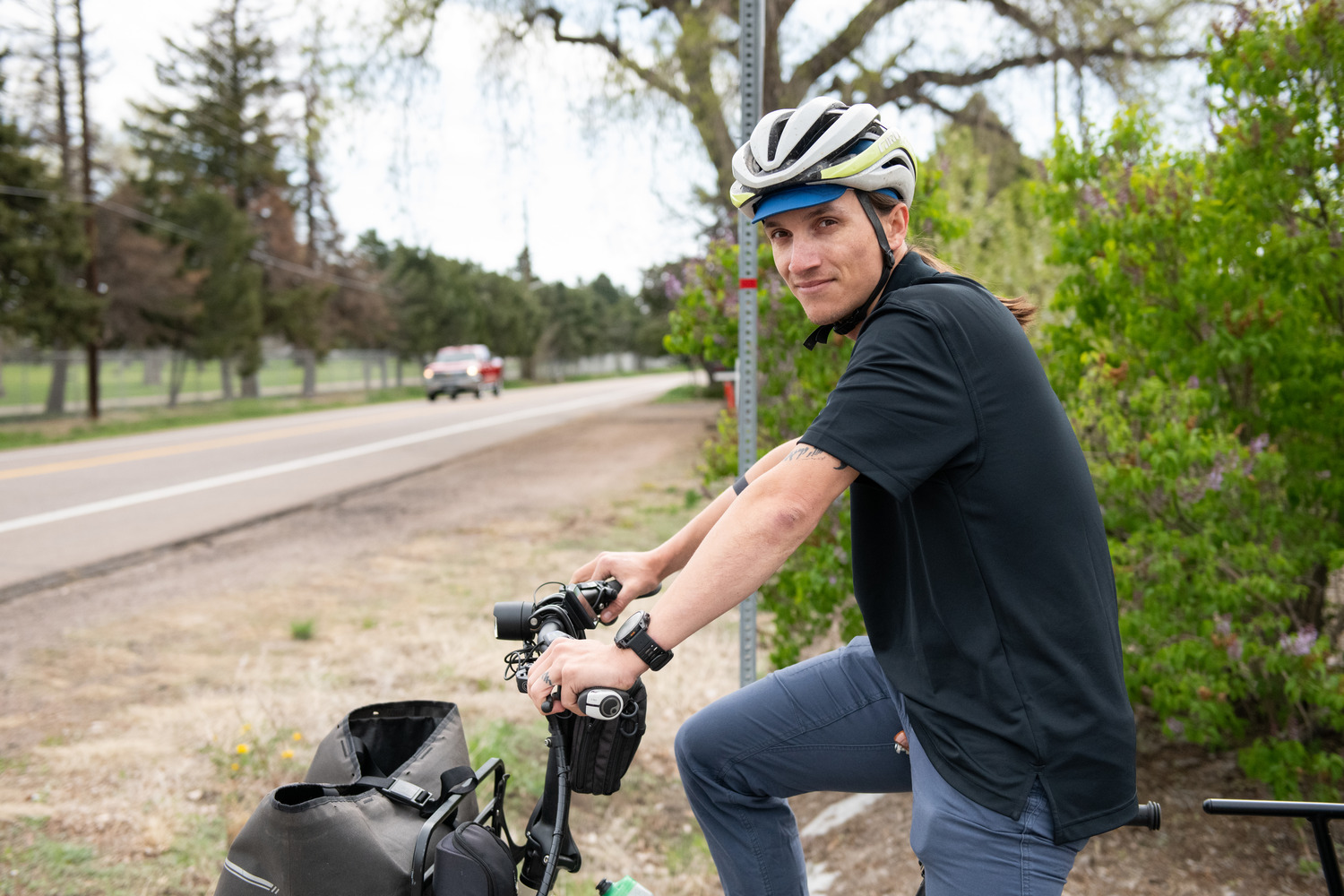Back
ICTD 2025
Active Transportation (Bike/Ped)
POSTER RECEPTION (View list of posters here)
Baseline Road Phase 2: Multimodal infrastructure and the use of tall curb for protected bike lane
Tuesday, June 10, 2025
4:45 PM – 6:00 PM MT

Stephen Bartels, PE
Senior Mobility Engineer
Olsson
Lakewood, Colorado, United States
Stephen Bartels, PE
Senior Mobility Engineer
Olsson
Lakewood, Colorado, United States
Primary Author(s)
Submitter(s)
Abstract: Baseline Road is a an East/West arterial in the south part of Boulder, Colorado. This corridor was identified as part of the Core Arterial Network (CAN) for bike access in the city, and intersects 30th Street, another corridor in the CAN. Phase 1 installed tall curb (low barrier wall) in key locations between 30th St and Foothills Parkway, along with necking down accesses to Baseline from cross streets with temporary materials for safer crossings. Phase 2 is finishing the job with permanent works including: Protected intersections at 30th and Mohawk, a new midblock crossing serving the campus just east of 33rd, continuous tall curb with only breaks for driveways and cross streets, and floating bus stops to benefit both transit riders and bike riders.
This project has faced many challenges including a lot of scrutiny by the public, having to work through floodplain concerns, working with CDOT to use federal funds, and budgetary concerns due to increased project costs over the last 5 years. The project team has had a robust community engagement process, including a key stakeholder bike ride and an open house at 30% design to identify the critical areas and confirm expenditures on elements within the project, as some elements may get cut to meet the requisite budget of $3.9 million. At the time of this writing, the 30% design review is done by the city, and the comment meeting will be held with CDOT as well.
This project has been somewhat unique in that there was no lane reassignment necessary, and it is generally accepted by the public, with a few exceptions. Phase 1 implemented some neck downs that resulted in some sight distance concerns that were identified through public meetings and further analysis. No major roadway work is being done - mostly the design is not moving curbs. The design does include a slip lane removal and some connections to the regional path system to ensure coherent system usage, rather than non contiguous routing due to no cohesion between off-street and on street networks that is common. These small details are brought forward by a team that fully understands what it means to be a bicycle rider for every kind - transport, commuting, recreation, of any age and ability. Additionally, close coordination with the CU bus service has been critical to success, as >10,000 rides/day are seen through the 30th and Baseline intersection, not including RTD service. This project has been truly multimodal - increasing comfort and usability for pedestrians, transit riders, and bicyclists, while providing traffic calming and reduced speeds for the driving public.
This project has faced many challenges including a lot of scrutiny by the public, having to work through floodplain concerns, working with CDOT to use federal funds, and budgetary concerns due to increased project costs over the last 5 years. The project team has had a robust community engagement process, including a key stakeholder bike ride and an open house at 30% design to identify the critical areas and confirm expenditures on elements within the project, as some elements may get cut to meet the requisite budget of $3.9 million. At the time of this writing, the 30% design review is done by the city, and the comment meeting will be held with CDOT as well.
This project has been somewhat unique in that there was no lane reassignment necessary, and it is generally accepted by the public, with a few exceptions. Phase 1 implemented some neck downs that resulted in some sight distance concerns that were identified through public meetings and further analysis. No major roadway work is being done - mostly the design is not moving curbs. The design does include a slip lane removal and some connections to the regional path system to ensure coherent system usage, rather than non contiguous routing due to no cohesion between off-street and on street networks that is common. These small details are brought forward by a team that fully understands what it means to be a bicycle rider for every kind - transport, commuting, recreation, of any age and ability. Additionally, close coordination with the CU bus service has been critical to success, as >10,000 rides/day are seen through the 30th and Baseline intersection, not including RTD service. This project has been truly multimodal - increasing comfort and usability for pedestrians, transit riders, and bicyclists, while providing traffic calming and reduced speeds for the driving public.
Learning Objectives:
Attendees can expect to learn the following from this session:
- Upon completion, participants will be able to describe why stakeholder and community engagement is critical to the success of a multimodal project, and how that follows from planning.
- Upon completion, participants will be able to list considerations around the design, installation, and maintenance of a tall curb protected bike lane and the interactions with floating bus stops.
- Upon completion, participants will be able to see the value of ground level understanding of a multimodal project by experiencing it as the target user - pedestrian, transit rider, bicyclist.
- Upon completion, participants will be able to identify key constraints in geometry of protected corner islands for a bike lane.
- Upon completion, participants will be able to give examples of how compromise can achieve project goals and provide safety, even when not a fully ideal design

